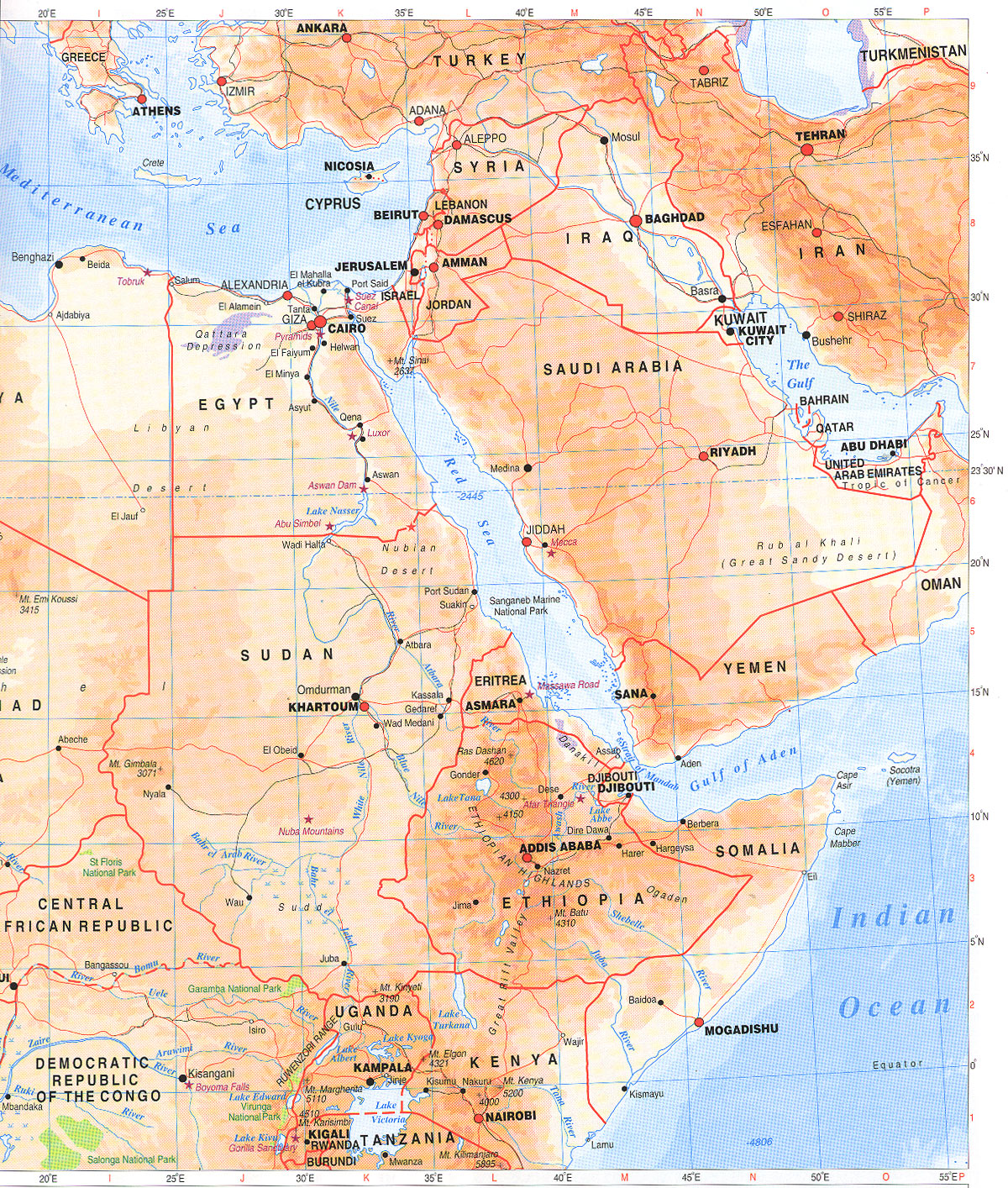Contour lines that are placed on the map represent lines of equal elevation. Its kind of like slicing a mountain with a perfectly flat horizontal piece of glass. The intersection of the mountain with the glass is a line of constant elevation on the surface of the mountain and could be put on a map as a contour line for the elevation of the slice.
Every point on a contour line represents the exact same elevation. As a result of this every contour line must eventually close on itself to form an irregular circle. Contour lines can never cross one another. Each line represents a separate elevation, and you can’t have two different elevations at the same point. The only exception to this rule is if you have an overhanging cliff or cave where, if you drilled a hole straight down from the upper surface, you would intersect the earth’s surface at two elevations at the same X,Y coordinate.
Moving from one contour line to another always indicates a change in elevation.On a hill with a consistent slope, there are always four intermediate contours for every index contour. If there are more than four index contours it means that there has been a change of slope and one or more contour line has been duplicated. This is most common when going over the top of a hill or across a valley. Contour lines crossing a stream valley will form a "V" shape pointing in the uphill (and upstream) direction.
The end


 -
-
